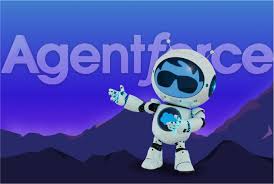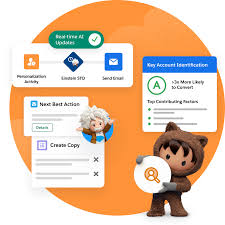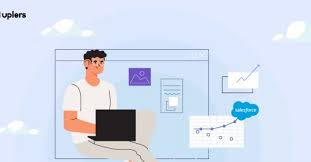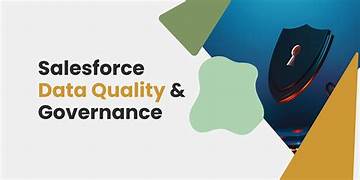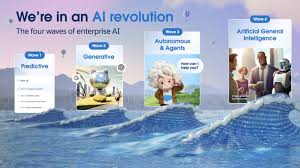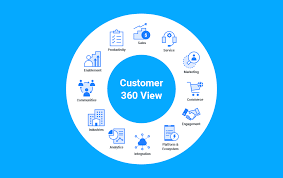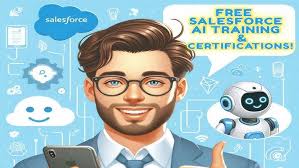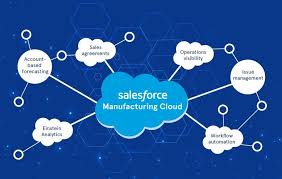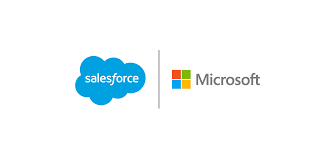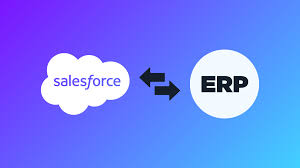AI Agents and Work
With AI tools becoming increasingly prevalent in workplaces worldwide, the focus has shifted from their novelty to optimizing productivity and effectiveness. AI Agents and Work. At Dreamforce 2024, AI agents were a hot topic, particularly with the launch of Salesforce’s new Agentforce platform. However, Slack also made its mark in the AI space, keen to demonstrate its role in transforming the future of work. TechRadar Pro sat down with Slack CEO Denise Dresser to explore how AI is reshaping the platform and why businesses should embrace this transformation. “Work is Broken” “Work, fundamentally, is broken,” Dresser stated, explaining that many workers spend too much time on what she describes as “the work of work.” This often involves switching between disconnected enterprise apps and navigating through data silos just to access the basic information needed to perform their jobs. Dresser emphasized that AI is poised to relieve much of this burden. She highlighted the “incredible wave” of AI adoption across industries, with over 13,000 AI-powered apps built on Slack. “We’re really investing in ensuring AI works for every worker, driving more productivity,” she said, noting that we’re in one of the most significant periods of change in the workplace, full of both opportunity and questions. Slack’s AI-Powered Enhancements With the support of its parent company, Salesforce, Slack has fully embraced AI, offering a broad range of tools designed to improve productivity. Dresser pointed to Slack’s summarization tools, which streamline workflows by surfacing important items from channels and conversations—tools she finds invaluable in her own workday. In addition, Slack’s Huddles—quick, impromptu meetings—now come with AI enhancements, including a new canvas sidebar that generates summaries, notes, and action items in real-time from a live transcript. Slack AI is also integrated into Workflow Builder, allowing users to automate processes using natural language, eliminating the resistance that some workers may feel toward adopting AI. “Slack is the natural place for work,” Dresser said, explaining that the future of work will involve searching, collaborating, and taking action all within the flow of daily tasks. “That vision has never been more true, and never been more real, because this moment is here.” The Era of AI Agents AI agents represent another major step forward for Slack. Dresser noted that third-party integrations with tools like Adobe, Box, and Workday will help facilitate seamless conversations across multiple apps without the need to switch between them. “The era of agents is a big idea, and it’s happening now,” she remarked. However, Dresser stressed the importance of ensuring a smooth transition, noting that onboarding customers effectively will be key to fulfilling this vision. “We think that’s the future.” Looking Ahead: AI at the Core of Work With the technology now in place, the responsibility lies with workers and managers to leverage AI to enhance their daily routines. “What we focus on is making sure we build a product that people love,” Dresser said, adding, “there’s really no one in the world that can offer the breadth of product that can operate across your entire business at the scale we can.” Dresser concluded with optimism about the future of work: “We’re really excited about this innovation meeting this moment. I don’t think there could be a better time for us, and we’re very optimistic about what’s ahead.” Slack’s AI-powered future is designed to break down barriers, streamline workflows, and make work more efficient for everyone. Like1 Related Posts Salesforce OEM AppExchange Expanding its reach beyond CRM, Salesforce.com has launched a new service called AppExchange OEM Edition, aimed at non-CRM service providers. Read more The Salesforce Story In Marc Benioff’s own words How did salesforce.com grow from a start up in a rented apartment into the world’s Read more Salesforce Jigsaw Salesforce.com, a prominent figure in cloud computing, has finalized a deal to acquire Jigsaw, a wiki-style business contact database, for Read more Service Cloud with AI-Driven Intelligence Salesforce Enhances Service Cloud with AI-Driven Intelligence Engine Data science and analytics are rapidly becoming standard features in enterprise applications, Read more


